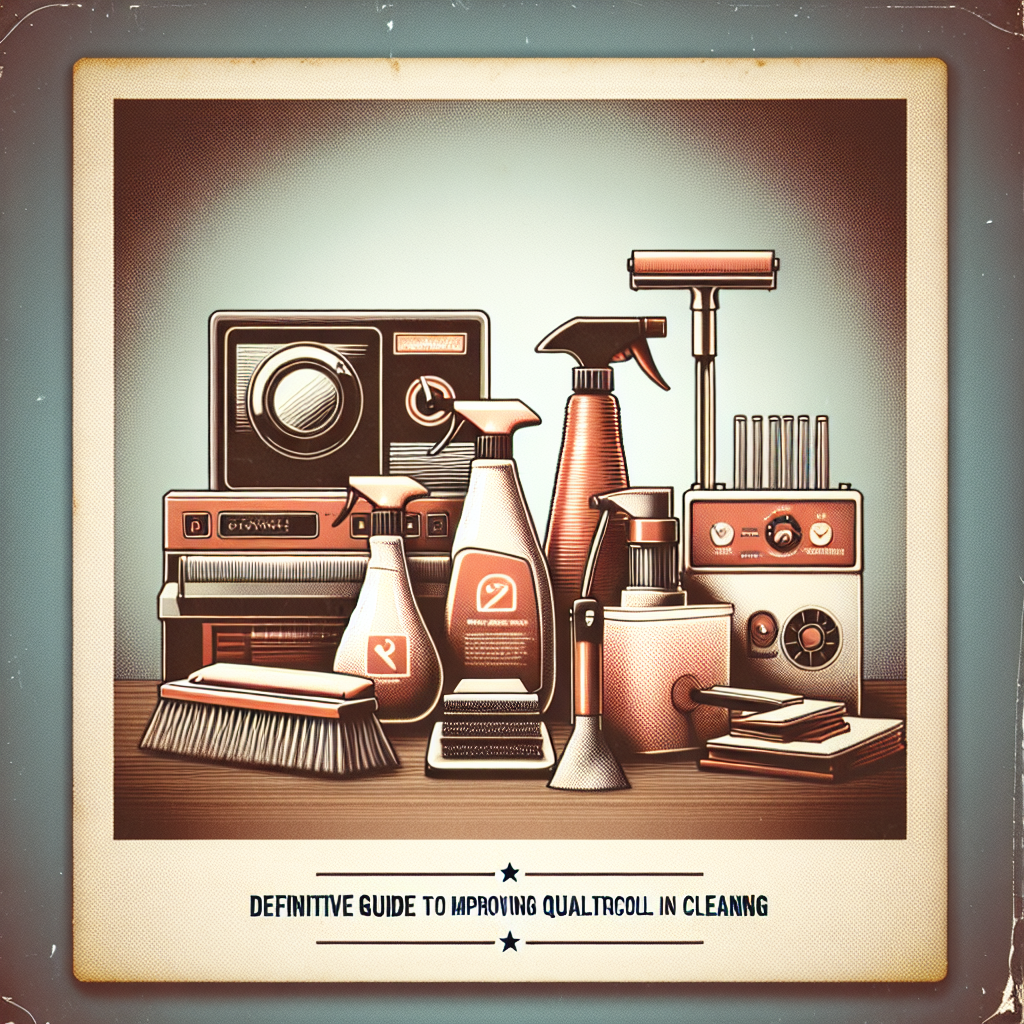Importance of Quality Control in Cleaning
Quality control in cleaning is essential for upholding the reputation of your business and meeting the expectations of your clients. It involves monitoring and evaluating the cleaning standards to identify areas for improvement and ensure that the services delivered are of the highest quality.
Key Elements of Quality Control
Effective quality control in cleaning encompasses several key elements that are vital for maintaining high standards and delivering exceptional service. These elements include:
- Comprehensive training programs for cleaning staff to ensure they understand quality standards and best practices.
- Regular inspections and audits to assess the quality of cleaning services and identify areas for improvement.
- Clear communication with clients to understand their expectations and address any concerns promptly.
- Quality control checklists to guide cleaning staff and ensure that all tasks are completed to the required standard.
Benefits of Implementing Quality Control Measures
Implementing quality control measures in your cleaning operations offers a wide range of benefits that can positively impact your business. Some of the key benefits include:
Quality control measures also help in optimizing operational efficiency, reducing costs, and ensuring compliance with industry regulations and standards. By consistently monitoring and evaluating your cleaning processes, you can identify opportunities for improvement and enhance the overall quality of your services.
"Quality control is not just about meeting standards; it's about exceeding expectations and delivering exceptional service to your clients."Best Practices for Improving Quality Control in Cleaning
To enhance the quality of your cleaning services and ensure consistent excellence, consider implementing the following best practices for improving quality control:
- Establish clear quality control protocols and guidelines for all cleaning tasks.
- Conduct regular training sessions to educate cleaning staff on quality standards and best practices.
- Use quality control checklists to ensure that all cleaning tasks are completed thoroughly and to the required standard.
- Implement feedback mechanisms to gather input from clients and address any issues or concerns promptly.
- Perform regular inspections and audits to evaluate the quality of cleaning services and identify areas for improvement.
Leveraging Technology for Quality Control
Technology plays a significant role in enhancing quality control processes in the cleaning industry. By leveraging innovative solutions and software tools, you can streamline quality assessment, track performance metrics, and identify trends to improve your cleaning services.
From scheduling and task management to performance analytics and client feedback collection, technology offers a wide range of tools that can support your quality control efforts and drive continuous improvement in your cleaning business.
Monitoring and Measuring Quality Control Performance
Monitoring and measuring the performance of your quality control initiatives is essential for tracking progress, identifying areas for enhancement, and ensuring that your cleaning services consistently meet the desired standards. By establishing key performance indicators (KPIs) and metrics, you can effectively evaluate the effectiveness of your quality control processes.
Continuous Improvement and Adaptation
Quality control in cleaning is an ongoing process that requires continuous improvement and adaptation to meet evolving customer needs and industry standards. By actively seeking feedback, analyzing performance data, and staying informed about emerging trends, you can enhance your quality control practices and stay ahead of the competition.
"Innovation and adaptation are key to maintaining high-quality standards in cleaning and delivering exceptional service to your clients."

